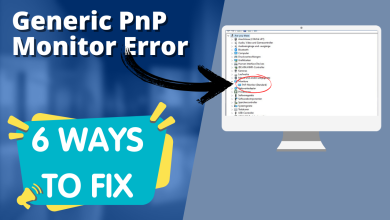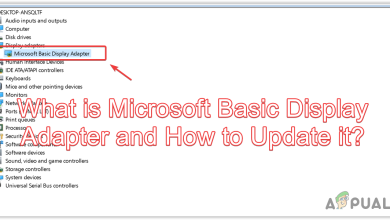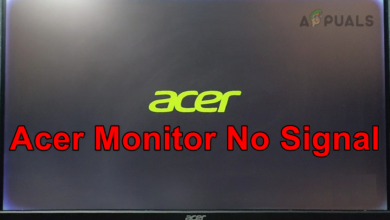How to set different wallpapers on each monitors?
The ability to set different wallpapers on different monitors can be a game-changer for your workspace’s aesthetic and productivity. Let’s dive into this step-by-step guide to get this done.
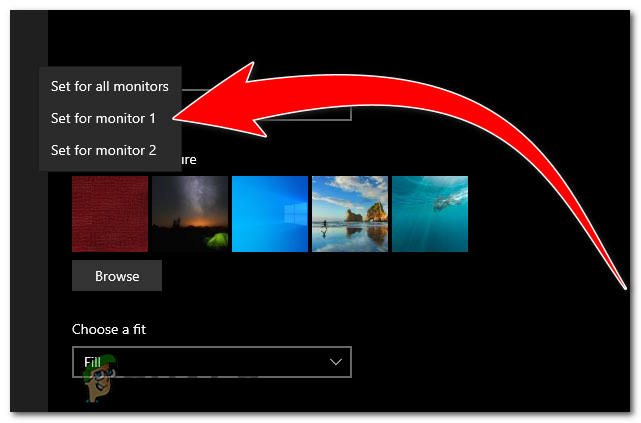
First things first, it’s essential to understand the basics of your Windows multi monitor setup. The magic happens when you extend your display across multiple screens, transforming your workspace into a panoramic playground. By default, Windows tends to replicate the same wallpaper across all screens, but with a few tweaks, you can mix and match like a pro.
The Advantages of Using Different Wallpapers
- Personalization: A dual monitor setup does not mean your screens should look identical. Applying different wallpapers adds a touch of personal flair and creates a unique, dynamic workspace.
- Functionality: Distinct wallpapers can also boost your work-flow. By associating specific wallpapers with certain tasks, you can mentally assign roles to your monitors.
1. The Steps to Set Different Wallpapers on Windows
Before exploring third party solutions, let’s start with what Windows already offers. Setting different wallpapers for each monitor can be achieved directly from the Windows settings, with no additional software necessary.
- First, right click on your desktop and select “Personalize”. This will take you to the “Background” settings where you can change the wallpapers.
- Once there, you will notice a “Browse” button that lets you choose your image files. Remember to repeat this for each monitor.
- The final step is to right click on the image thumbnails and select “Set for monitor X“, replacing X with the appropriate monitor number.

2. Setting Wallpapers Using a Wallpaper App
There are several wallpaper apps available, such as DisplayFusion, Wallpaper Engine, or MultiWall. These provide enhanced customization features. However, in this guide we will be focusing on how to download and setup DisplayFusion.
What is DisplayFusion?
DisplayFusion is a versatile Windows application designed to enhance your multi monitor experience. This powerful tool offers a variety of customization options, but today we will focus on how to use it to set unique wallpapers for each of your monitors.
While Windows does offer basic functionalities for managing wallpapers across multiple monitors, DisplayFusion takes it a notch higher. It provides advanced features like multi monitor taskbars, customizable hotkeys, and precise wallpaper controls, ensuring a seamless, personalized experience.
How to Download and Setup DisplayFusion
- The first step is to download DisplayFusion from the official website or a trusted platform like Steam.
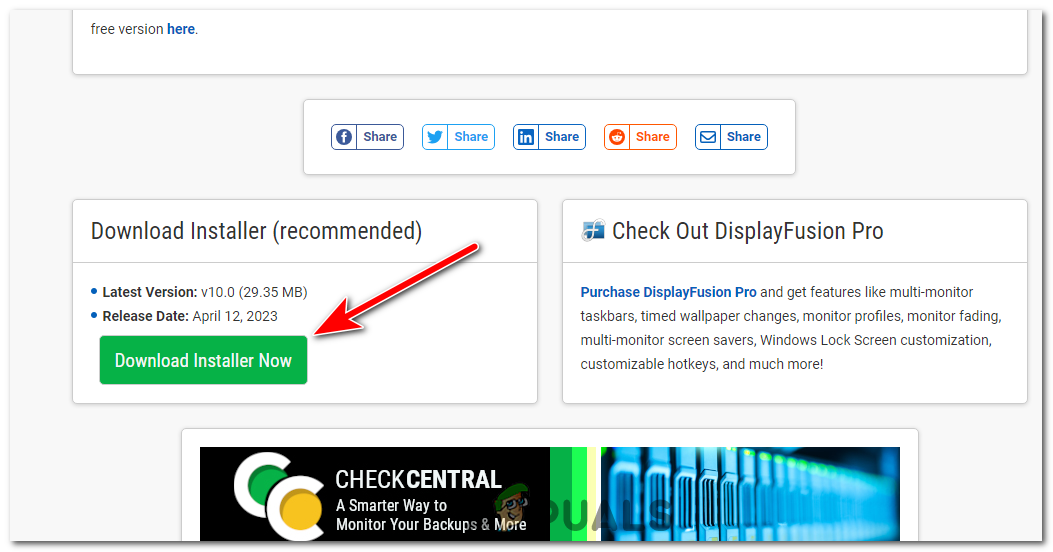
Download Displayfusion from its offical website. - Locate the installer file, and open it. Press Yes if prompted for administrator privileges.
- Accept the License Agreement. If you agree with it, select the installation directory and follow the prompts to install it.
- Once installed, launch DisplayFusion. The interface may seem overwhelming initially, but you will find it’s user friendly once you get accustomed to it.
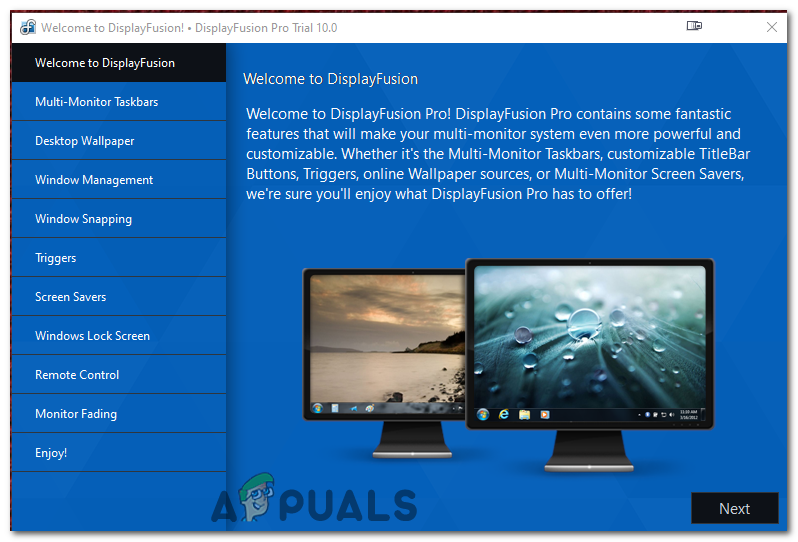
Once installed, launch DisplayFusion. And head to the Desktop Wallpaper tab. - From the DisplayFusion interface, select the “Desktop Wallpaper” option on the left side. This opens the Wallpaper Configuration window.
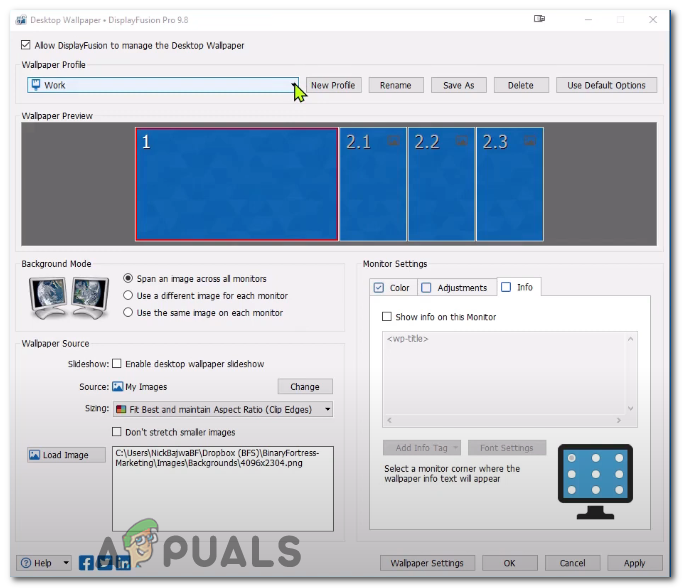
- Here, you can browse and select your preferred wallpapers. The great part is, DisplayFusion supports images from various sources – your local storage, online resources, or even a specific URL.

Press on the Change button next to source to change the Wallaper source. - Once your images are selected, assign each one to your desired monitor. Finally, hit the “Apply” button and your wallpapers should be set.
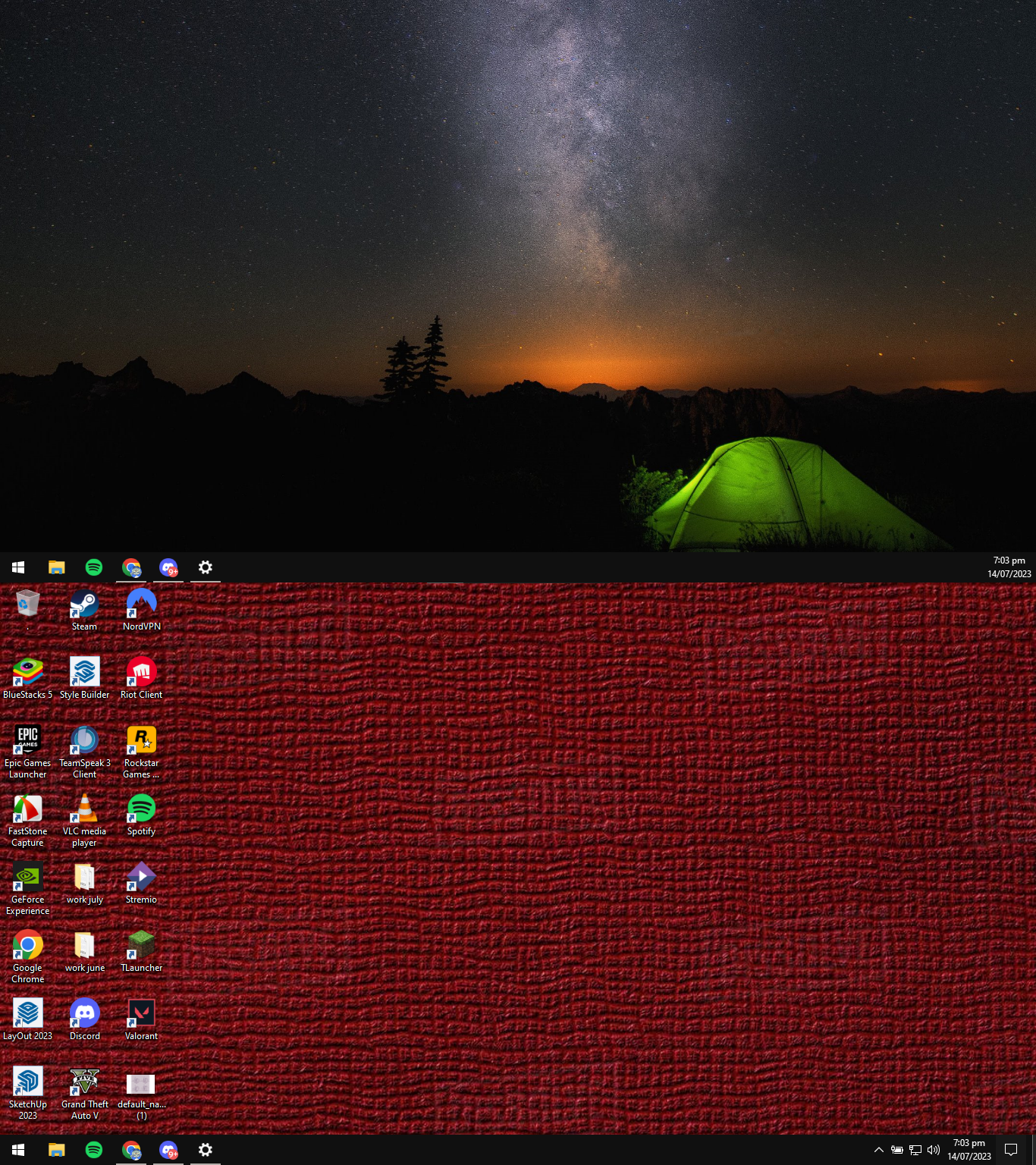
Two different monitor with two different wallpapers.
DisplayFusion also offers features like image tiling, scaling options, and color adjustments to help you achieve the perfect wallpaper setup. Experiment with these options for a truly customized experience.
If you encounter issues while using DisplayFusion, check the settings for each monitor, make sure the images are in a supported format, and ensure your version of DisplayFusion is up to date. This is a powerful tool that allows you to make the most of your multi monitor setup. By following this guide, you can now set different wallpapers for each of your monitors and create a workspace that is uniquely yours.
How to Set Different wallpapers on Different monitors - FAQs
Yes, as long as it’s a supported format like JPEG, PNG, or BMP.
No, as long as your computer and graphics card can support it, you can have a different wallpaper on each monitor.
You can still set different wallpapers. It’s recommended to use images that match each monitor’s resolution for the best visual effect.
There is a free version of DisplayFusion available, but it has limited features. The Pro version unlocks all features, including advanced multi-monitor wallpaper management.
Yes, DisplayFusion allows you to set a slideshow of wallpapers, which can be customized in various ways, such as change frequency and randomization.
 Reviewed by
Reviewed by 